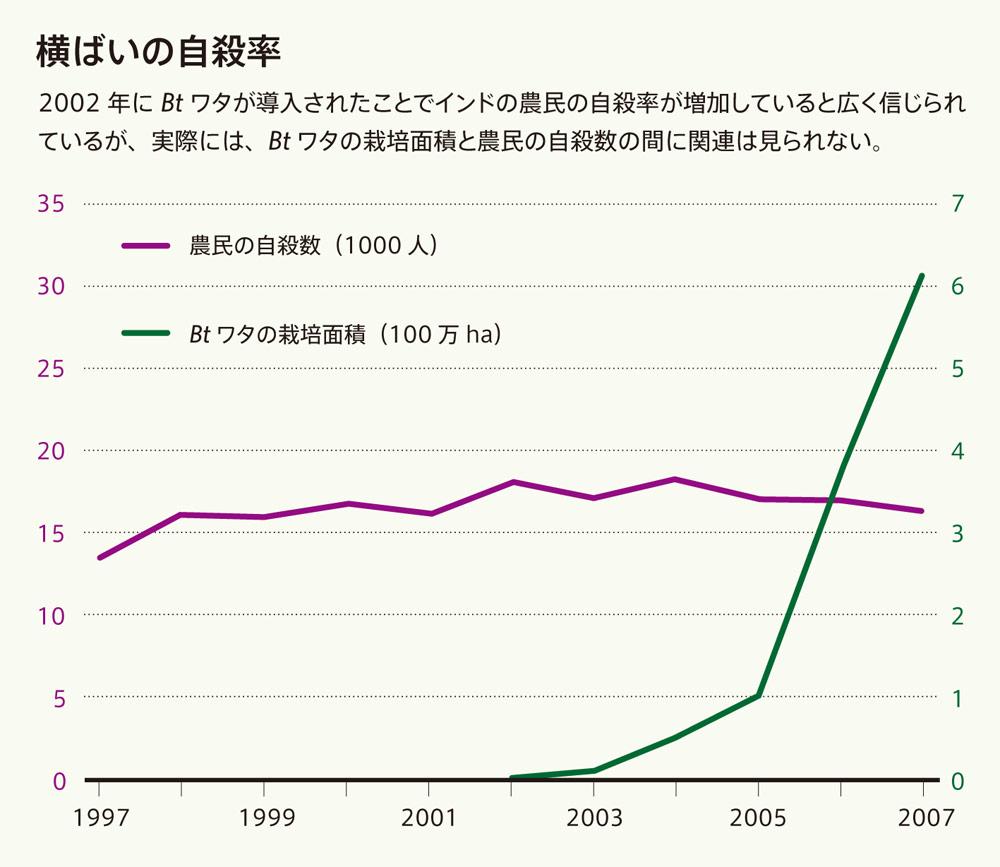Technology to understand "message of crops" by genetic manipulation

Getty Images
Is your crop overdried or infested with pests? "Is it necessary to add fertilizer?" By the time crops show signs of poor growth, it is often too late. When a farmer finds a pathogen infection or pest outbreak in a part of the field, he has to spray expensive pesticides all over the farmland and discard the damaged crops. To solve these problems, California startup InnerPlant has developed a "smart seed" that allows plants to send messages. Of course, the crops don't have a voice. InnerPlant manipulates the genes of plants so that farmers can use drones, smartphones and satellites to understand the messages their crops are sending out. "When plants are attacked, they respond at a biological level and try to defend themselves. It appears early and responds differently depending on the type of attack. For example, to stress from pathogens or pests. They respond in a different way to the stresses of nitrogen and water scarcity," says InnerPlant CEO Shely Aronov. "By manipulating the genetic code of crops, we have enabled them to send messages. When these crops are stressed, they produce a protein in their leaves that fluoresces. ,” says Aronov. The wavelengths of fluorescence emitted by plants cannot be seen with the naked eye, but can be seen with a filter on a smartphone camera or with a multispectral camera. Farmers can detect anomalies with sensors attached to drones and tractors. Satellite imagery can also be used for large farms. "Recently, I tested the response to drought in a greenhouse with biosensors and regular crops. When I stopped watering the plants, I started getting a signal in about three days, and after another three or four days, I started seeing signals. It looked like it was withering, and by the ninth day it was dead," Aronov said. For most crops, you only have a few days to discover that they're too dry before you have a serious problem. By contrast, InnerPlant's technology doubles the number of days it takes to address a problem. Droughts are easier to deal with because everyone can tell if it has rained recently. But fungal and pest damage can be subtle, especially when it occurs in remote areas that farmers can't see often.